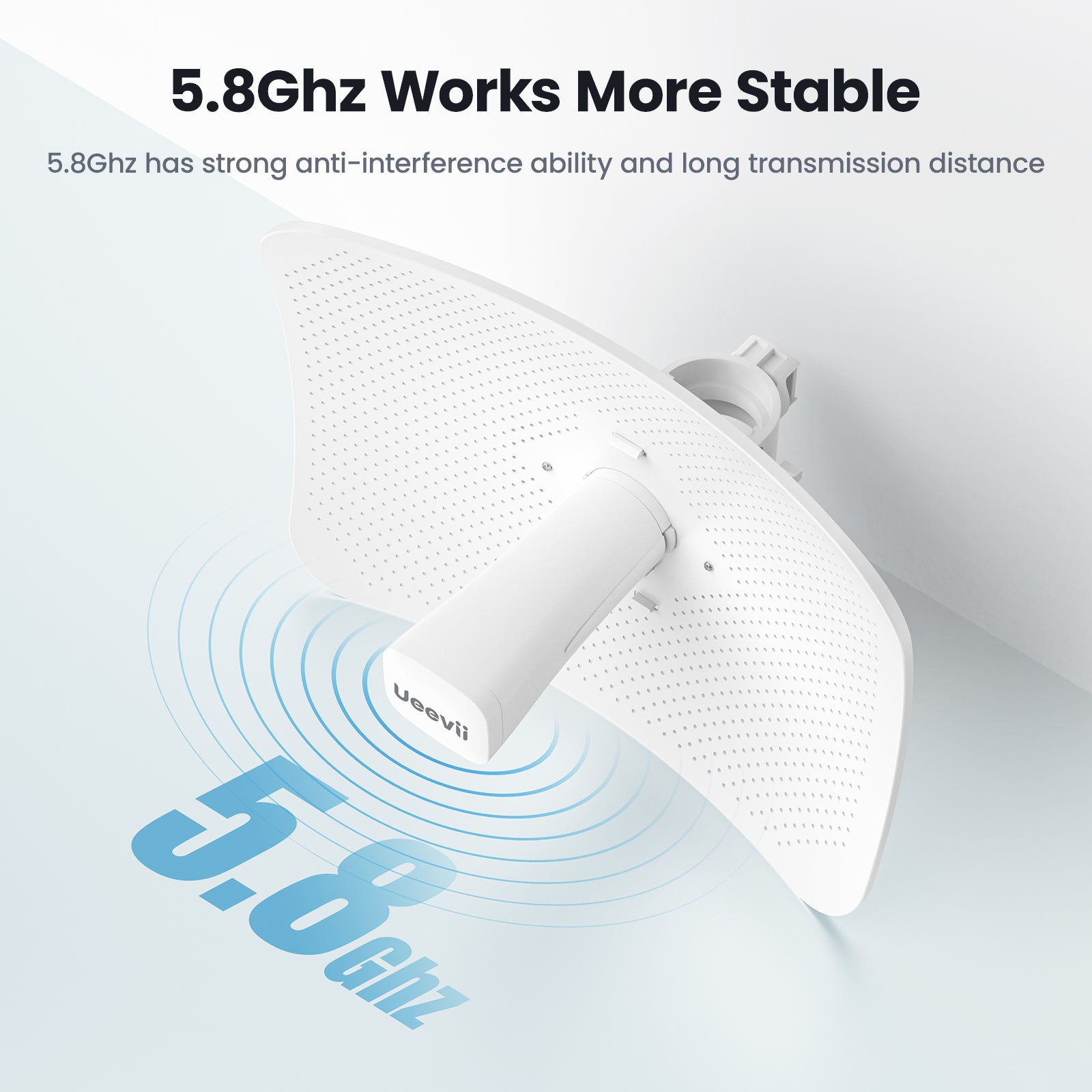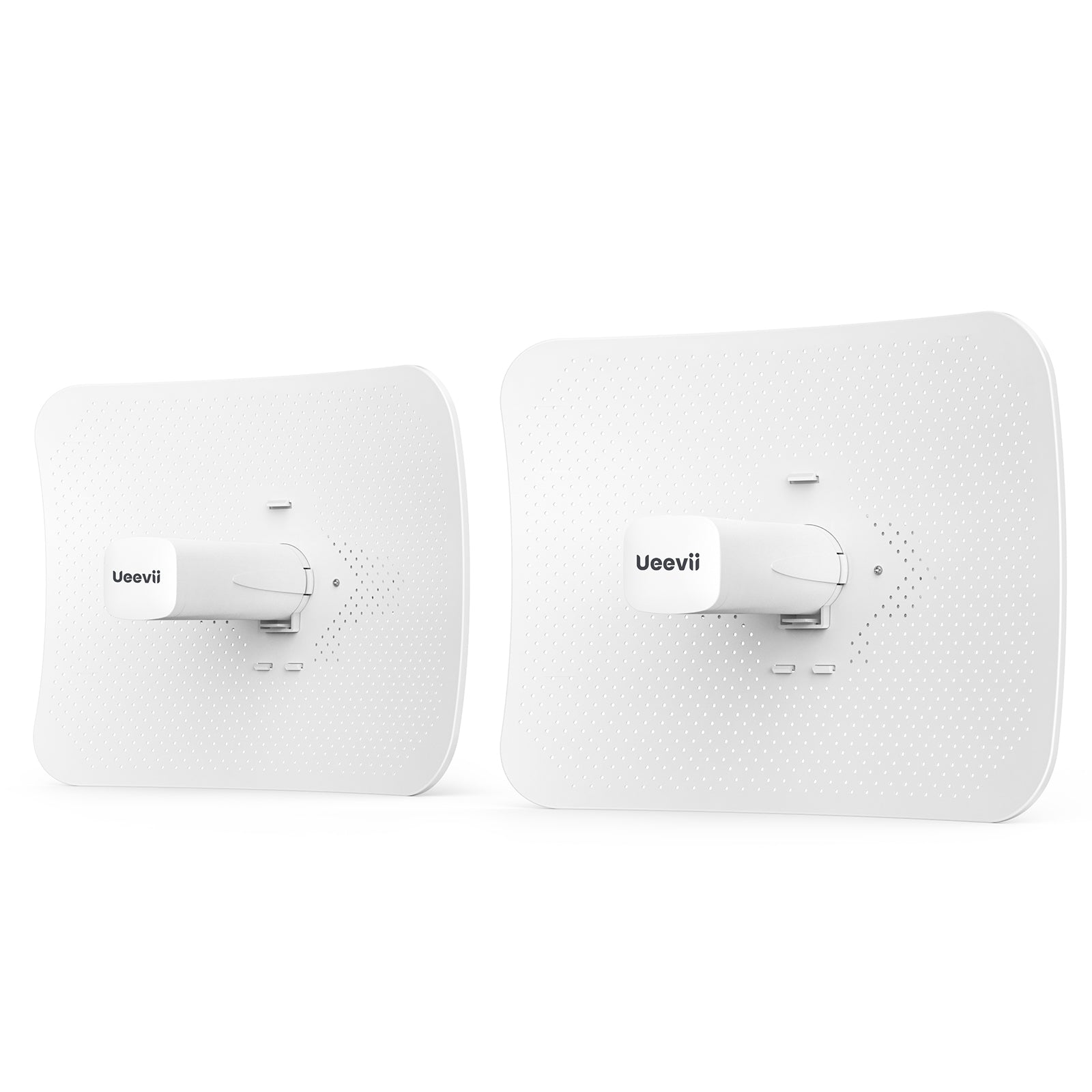Understanding the Market Demand for Wireless Bridges
Identifying the Key Consumer Segments
To gauge the market for wireless bridges, it is vital to pinpoint who is buying them. We can break down the consumer segments as follows:

- Home Users: They seek to extend home networks without laying cables.
- Small Businesses: These firms use bridges to link multiple office spaces affordably.
- Large Enterprises: They require reliable, fast connections across large areas.
- Educational Institutions: Schools and universities use bridges to connect vast campuses.
- Government Agencies: They need secure, robust networks for data transfer.
Each segment has unique needs, driving demand in the wireless bridge market.
Analyzing the Trends Behind Wireless Bridge Adoption
Wireless bridges are gaining popularity. Let's explore why. First, they offer high-speed connections without the clutter of cables. Then, there's the ease of setup and flexibility. They let businesses expand networks quickly. Plus, they work over vast distances, linking multiple buildings. This tech is ideal for businesses that grow fast. Schools, hospitals, and offices need robust networks, and wireless bridges deliver.
The rise in remote work also drives demand. People want steady and strong Wi-Fi at home. This has led to more sales. Trends like IoT adoption increase the need for wireless bridges, too. They connect many devices without losing speed or reliability.
Big events show another trend. Concerts and sporting events use wireless bridges to handle lots of data.
To sum up, high speed, ease of setup, and flexibility make wireless bridges a top choice. These trends show us why the market for this tech is growing fast.
Strategic Business Models for Wireless Bridge Providers
Navigating the Competitive Landscape
In the thriving US wireless bridge market, competition is fierce. Companies need a strong strategy. They must know their rivals well and find a unique edge. One way to stand out is by offering top tech support. Another is to provide custom solutions for diverse client needs. Also, pricing strategies can make a big difference. Always stay up-to-date with tech advances. Build partnerships with other tech firms. Keep these tips in mind to navigate the competitive landscape.
Diversifying Revenue Streams in the Wireless Bridge Industry
Wireless bridge providers are exploring new business models. They aim to make more money from different sources. Here's how:
- Selling bridge devices directly to consumers.
- Offering subscription services for device maintenance and software updates.
- Teaming up with internet service providers for package deals.
- Providing custom solutions for large businesses and organizations.
- Offering training and support services for network setup and use.
By using these strategies, providers can grow their income. They can also meet the diverse needs of their customers.
Challenges and Opportunities in the Wireless Bridge Market
Overcoming Logistical and Supply Chain Hurdles
Supply chain issues can hit wireless bridge providers hard. Shortages of key tech parts affect production. Global trade tensions may worsen these problems. But, there's a bright side. Better supply network management can cut risks. Providers may choose local suppliers to avoid delays. Stocking up on essential parts helps during high demand. Investing in forecasts and analytics is wise. By solving these hurdles, the market could see growth. These steps can keep wireless bridge businesses strong.
Navigating the Regulatory Environment
In the U.S., wireless bridge market players face a complex regulatory framework. They must follow FCC rules on radio frequency use and device compliance. To navigate this, companies invest in legal expertise and actively engage in policy discussions. They must ensure their products meet safety and environmental standards. The opportunity lies in shaping regulations that support innovation and market growth. Success depends on balancing compliance with advocacy for favorable policies.


















